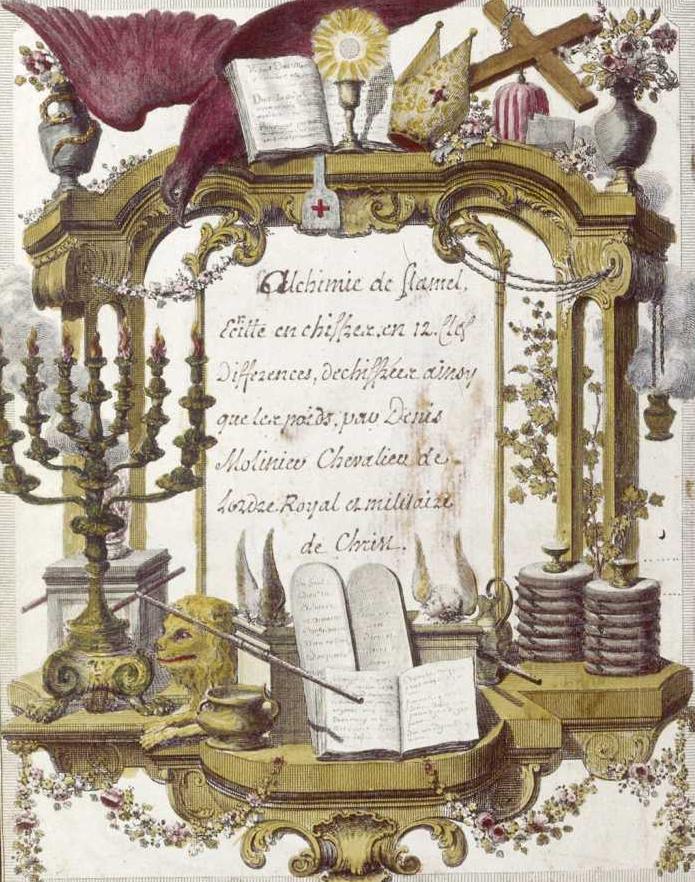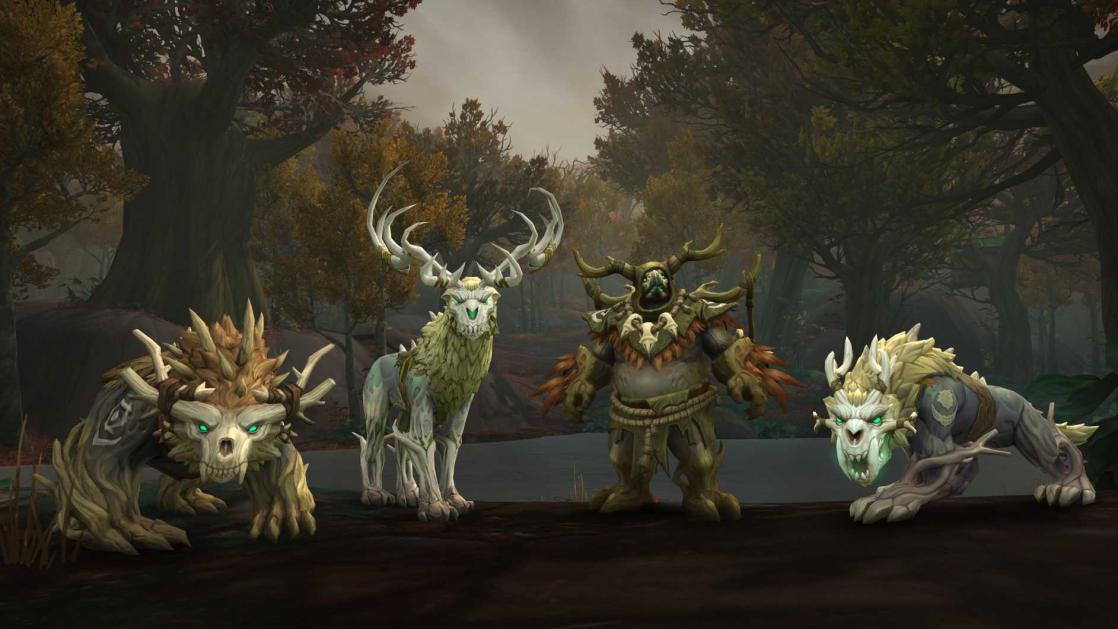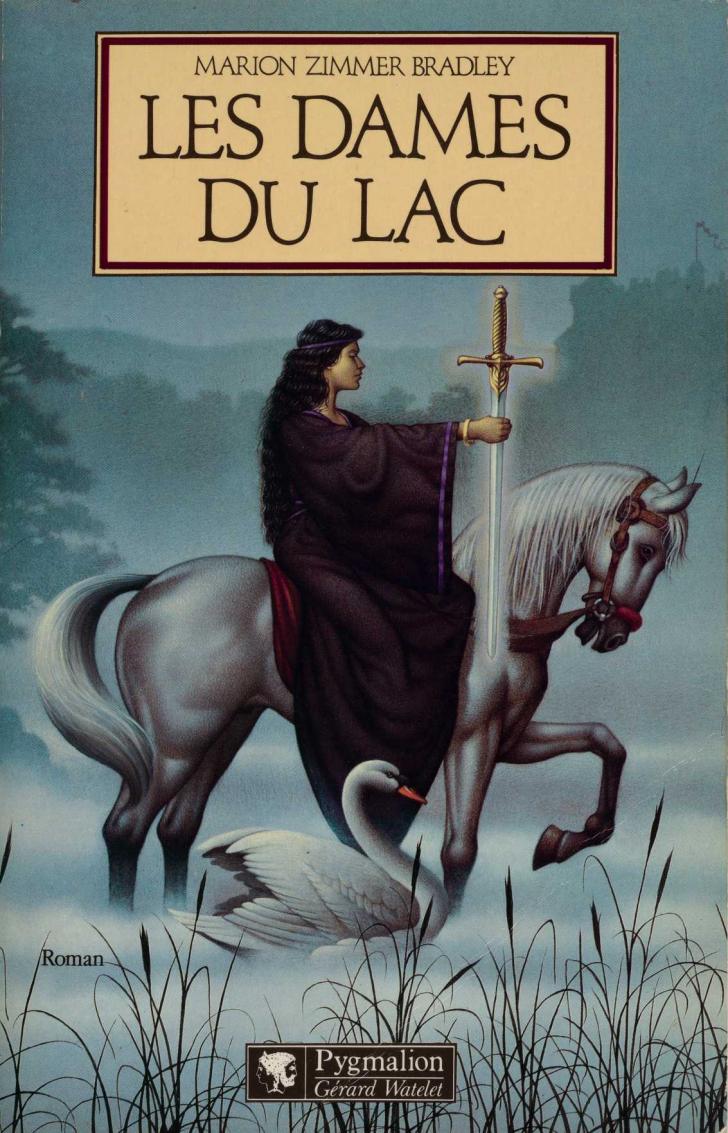Renewal of Pagan Practices and Beliefs
Esotericism, druidism, shamanism... fantasy creators enjoy reinventing ancestral practices and beliefs within magical worlds inspired by multiple cultures.
Magical and Esoteric Practices
Some recurrent motifs in fantasy are deliberately vague about blending different religious inspirations, such as using prophesy and seeing magic as an ancestral legacy. Spirituality is usually tied to religious or magical practices, from prayer all the way to miraculous manifestations that make the divine or supernatural visible. The use of symbols, which is typical of esoteric beliefs, can often be found contributing to the mysterious atmosphere in detective fantasy. Even alchemy, insofar as it aims to inject enchantment into the immutable laws of physics, is strongly anchored in the occult (Harry Potter, J.K. Rowling, 1997-2007).
Religions to Structure Worlds
Tales describing the origin of the gods (theogonies) or the creation of the world (cosmogonies), are popular in fantasy (Discworld, Terry Pratchett, since 1983). They emphasize spirituality’s importance in building both societies and individuals, and allow polytheistic, monotheistic, and animist pantheons to coexist more or less in harmony (A Song of Ice and Fire, George R.R. Martin, since 1996). As in epic poems, deities and other supernatural beings often meddle in the plot, whether it is to guide the hero or, on the contrary, to thwart their plans.
Spirituality as a Backdrop
Despite all that, this heterogeneous spirituality is rarely the essence of the tale. In fantasy, religions act essentially as cultural and ethnic markers. Occult practices tend to be featured more than spirituality itself, or than the stakes of faith, which are left fairly vague. Spirituality, which is often limited to a simplistic contrast between Good and Evil, becomes one element among others of an individual or group’s identity (Dark Crystal, Jim Henson and Frank Oz, 1982), without reining in the tale’s action or scope.
New Age Values Modernize Pagan Beliefs
Fantasy has a strong connection to nature-based spiritualities inspired by druidism or shamanism. Rather than worrying about terminology, what matters is certain characters’ communion with elemental spirits that empower them to guide or heal ordinary human beings. So druids and shamans are important figures in role-playing games, where they usually act as healers for the group of adventurers. The close bond between human beings and animals, which is essential to shamanism, is a traditional feature in fantasy. Inspired by various folklore traditions, there are often characters – like lycanthropes (werewolves), or kitsune, who can turn into foxes – that have the power to shape-shift or metamorphose.
Fantasy’s fascination for alternative spiritualities in harmony with nature fits in with the return of pagan beliefs in western society. Paganism has been modernized with New Age values, which include protecting nature, striving for personal and social harmony, refusing violence, and changing attitudes towards gender. Different strains of neo-paganism emerged in the mid-twentieth century, and grew significantly in the counter-cultural context of the 1970s, which also saw a groundswell of both feminism and environmentalism.
Very early on, fantasy took hold of those considerations to offer tales in which nature played a key role, either by helping the heroes or as an ideal to defend. In Celtic-inspired worlds, neo-paganism particularly honors the feminine (The Mists of Avalon, Marion Zimmer Bradley, 1983). A large number of tales, particularly ones about education, highlight the strength and solidarity of female communities, from fairies to witches. Thus fantasy proposes an archetype of feminine spiritual power, which, in line with wiccan beliefs, draws creative and protective power from the earth, water, and the moon.




